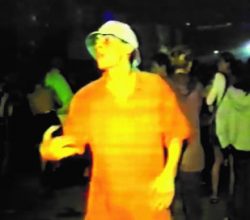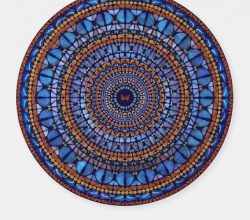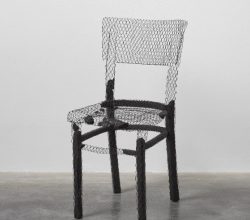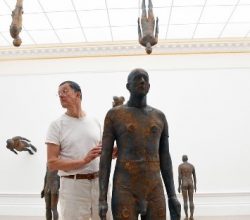
Under the bridge with Mark Leckey
JJ Charlesworth | ArtReview | 27th September 2019
Can one be nostalgic for a motorway flyover? Leckey is. Growing up in northern England’s bleak industrial landscape, he has been shaped by its streets and working class youth culture. Using online found footage he has created films like Fiorucci, an “opus” that has “hypnotic, often arresting images of everyday stuff … a celebration of British urban subculture”. An excellent background piece is here.



